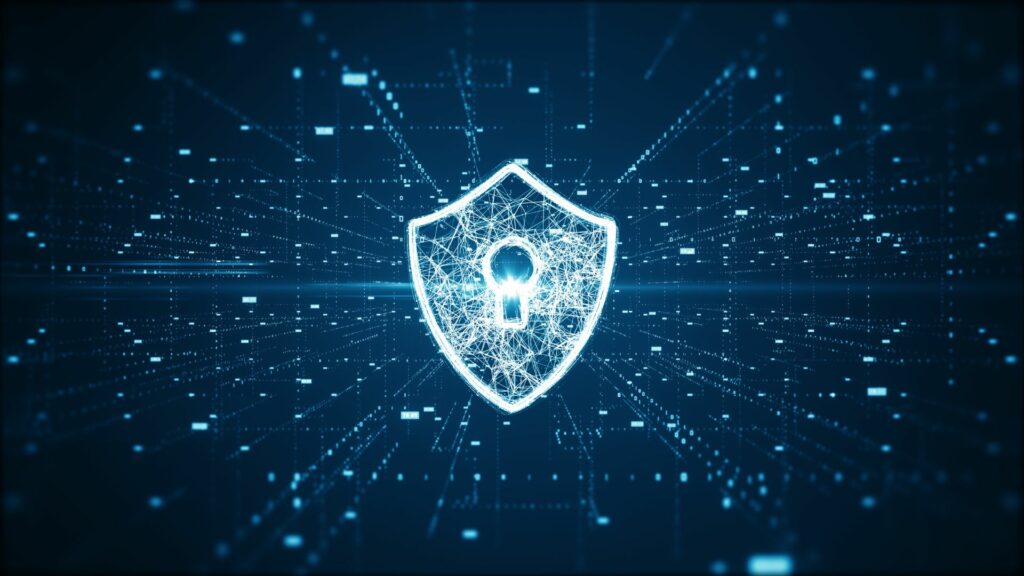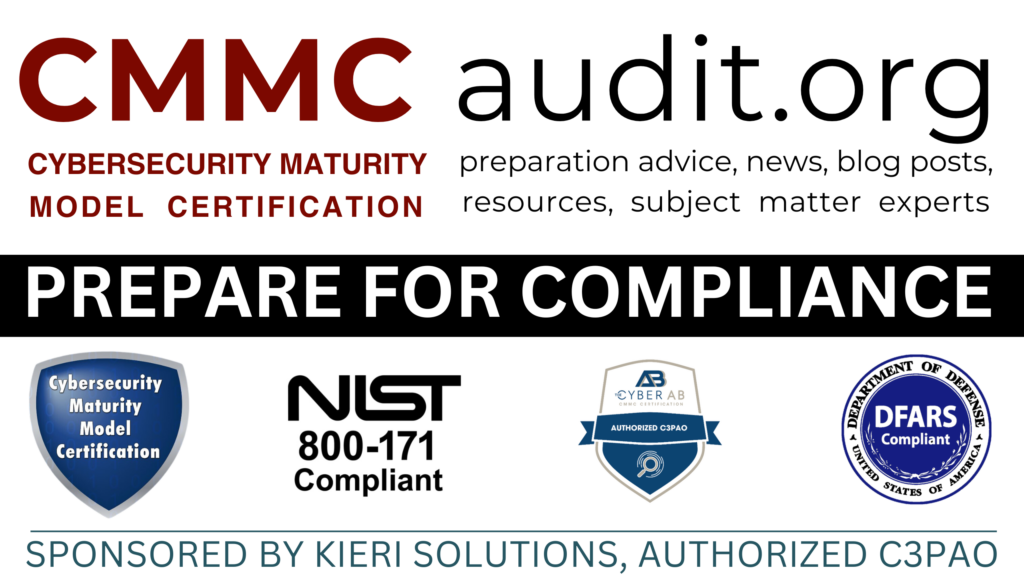Understanding the Importance of CMMC Certification
In today’s digital landscape, cybersecurity threats are more prevalent than ever, especially for businesses handling sensitive government data. To enhance cybersecurity across the defense supply chain, the U.S. Department of Defense (DoD) introduced the Cybersecurity Maturity Model Certification (CMMC). This certification ensures that contractors and subcontractors implement security measures to protect Federal Contract Information (FCI) and Controlled Unclassified Information (CUI) from cyber threats and potential breaches.
CMMC compliance is a requirement for companies working with the DoD, directly affecting contract eligibility. Without certification, businesses risk losing valuable opportunities, as only certified organizations can bid on specific government projects. The CMMC audit is the final step in proving compliance, making its successful completion crucial for staying competitive in the defense industry.

Step 1: Understand CMMC Audit Requirements
Before preparing for a CMMC audit, it’s crucial to understand the CMMC framework and its five certification levels, which require organizations to implement progressively advanced cybersecurity controls.
Overview of the CMMC Framework and Levels
- Level 1: Basic Cyber Hygiene – Simple security practices like antivirus software and basic cybersecurity rules.
- Level 2: Intermediate Cyber Hygiene – Introduction of documentation requirements aligned with NIST 800-171 controls.
- Level 3: Good Cyber Hygiene – Full implementation of NIST 800-171 security requirements for protecting CUI.
- Level 4: Proactive Cybersecurity – Advanced techniques such as continuous monitoring and proactive cyber threat detection.
- Level 5: Advanced/Progressive Cybersecurity – Continuous optimization of security infrastructure to prevent sophisticated threats.
What Do CMMC Auditors Look For?
CMMC auditors evaluate an organization’s cybersecurity practices in three key areas:
- Security Documentation: Organizations must maintain a System Security Plan (SSP) and a Plan of Action & Milestones (POA&M).
- Compliance with NIST 800-171 Controls: Businesses handling CUI must fully implement the 110 required security controls.
- Implementation of Security Practices: Auditors check for active enforcement of policies such as access controls, data encryption, and incident response measures.
How to Determine Your Required CMMC Level
The required CMMC level depends on the type of data handled and DoD contractual obligations:
- Companies handling only FCI typically need CMMC Level 1.
- Organizations dealing with CUI require at least Level 3.
- Prime contractors or businesses working on sensitive defense projects may need Level 4 or 5.
Step 2: Conduct a Gap Analysis
A gap analysis helps assess your cybersecurity status compared to CMMC requirements, allowing you to address weaknesses before the audit.
How to Conduct a Gap Analysis:
- Review your security measures: Evaluate policies, access controls, encryption, and employee training.
- Compare against CMMC requirements: Identify missing security controls such as multi-factor authentication and data encryption.
- Document gaps in a POA&M: Outline deficiencies and create a plan for remediation.
Step 3: Implement Required Security Controls
After identifying security gaps, the next step is implementing the necessary security controls to meet CMMC compliance requirements.
Key Security Measures to Implement:
- Secure Networks: Firewalls, intrusion detection systems, and network segmentation.
- Access Controls: Role-based access and multi-factor authentication (MFA).
- Data Encryption: Encrypting sensitive information at rest and in transit.
- Incident Response Plan: Strategies to detect, respond to, and recover from cyber threats.
- Patch and Update Systems: Regular updates to software and vulnerability management.
Step 4: Maintain Proper Documentation
Documentation is critical for proving compliance. Auditors will require evidence of policies, procedures, and security controls.
Essential Compliance Documents:
- System Security Plan (SSP) – Details security controls and data protection strategies.
- Plan of Action & Milestones (POA&M) – Outlines remediation plans for cybersecurity weaknesses.
- Incident Response Plan – Defines protocols for detecting and handling cyber threats.
- Access Control Policies – Specifies data access restrictions and security measures.
- Security Awareness Training Records – Documents employee training on cybersecurity best practices.
Step 5: Conduct a Pre-Audit Assessment
A pre-audit assessment ensures readiness and identifies any final compliance gaps before the official audit.
How to Conduct a Pre-Audit Assessment:
- Perform an internal audit: Review all security controls, policies, and documentation.
- Hire a consultant for a mock audit: A professional can simulate an official assessment and highlight deficiencies.
- Test incident response readiness: Conduct cybersecurity drills to assess your team’s response to threats.

Common Mistakes That Lead to Audit Failures
Failing a CMMC audit can delay certification and impact contract eligibility. Common mistakes include:
- Incomplete or outdated documentation: Missing or outdated security policies can result in audit failure.
- Not implementing all required security controls: Security measures must be actively enforced, not just documented.
- Lack of employee training: Employees must understand and follow cybersecurity policies.
- Underestimating compliance readiness: Companies should not assume compliance without testing security controls.
Secure Your DoD Contracts with a Successful CMMC Audit
Preparing for a CMMC audit can be complex, but with the right approach, you can achieve compliance efficiently. Understanding the requirements, implementing security measures, and maintaining proper documentation will set your organization up for success.
Avoiding common mistakes and conducting a pre-audit assessment can significantly improve your chances of passing the audit. If you need assistance, consider working with a CMMC consultant to navigate the certification process smoothly and secure your position in the DoD supply chain.